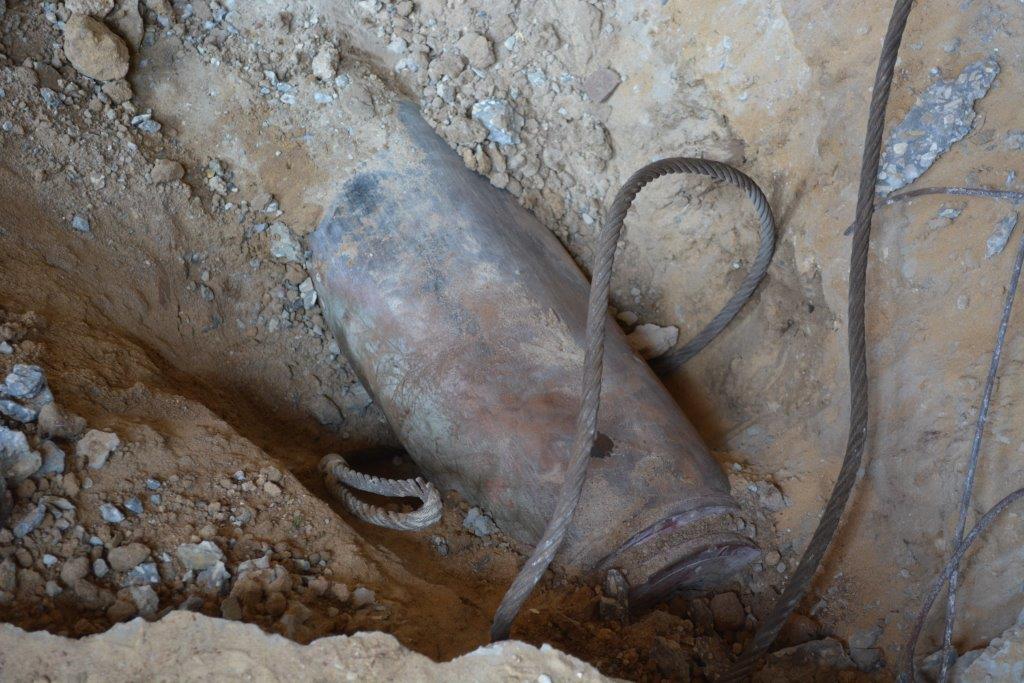Tag: Ceasefire
-
The blockade remains
8th September | Charlie Andreasson | Gaza, Occupied Palestine More than a week has passed since the ceasefire started and yet no significant easing of the blockade has been seen. Drones are still circulating over the rooftops, maybe carrying deadly cargo. Fishermen have been shot at in the north and south, two fishermen have been…
-
The broken truce
21 January 2013 | GazaStories, Beit Lahiya, Gaza Strip, Occupied Palestine A ceasefire was announced on 21st November, ending eight days of horrific bloodshed in Gaza. Has the delicate truce held over the past two months? It depends who you ask. Israelis or Gazans, each going about their daily lives on opposite sides of a…
-
Bulldozing the ceasefire
15 — 17 January 2013 | Khuza’a, Gaza Strip, Occupied Palestine At about 8.30pm on Tuesday 15th January, Israeli tanks and military bulldozers breached the border adjacent to the village of Khuza’a, east of Khan Younis and intruded inside the Gaza Strip. The incursion into Palestinian farmland continued through the night and added to the long…


